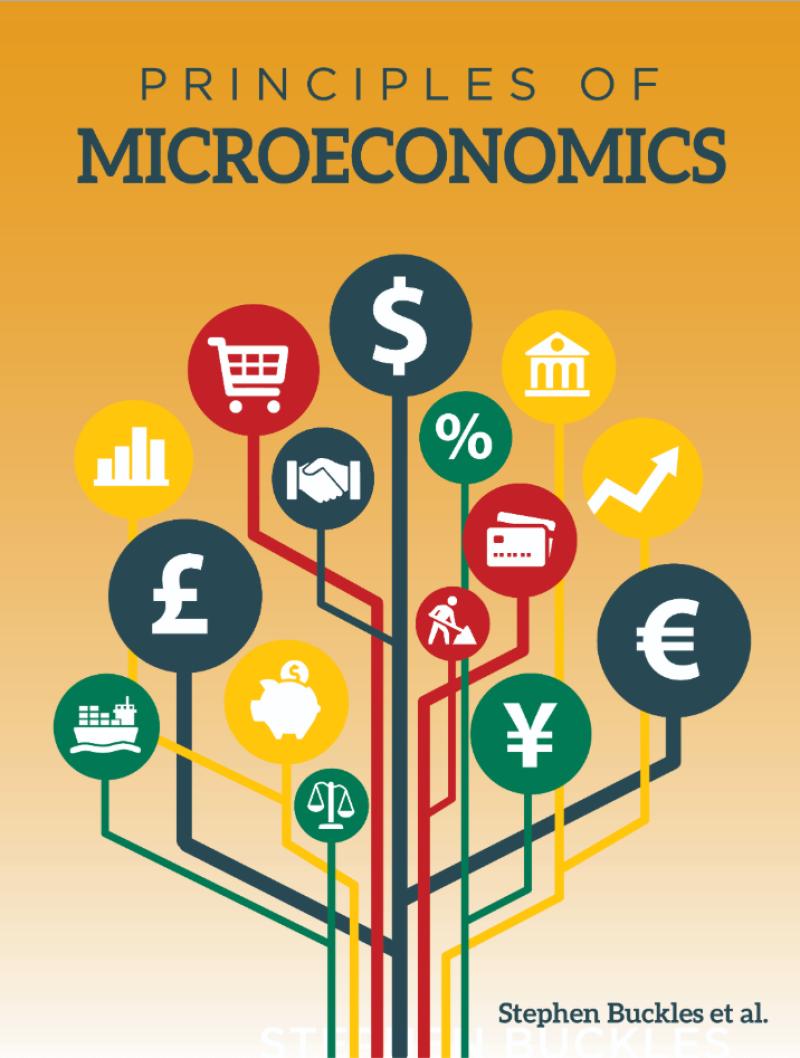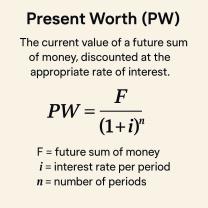What are the basic principles of micro economics?
Microeconomics is a branch of economics that studies the behavior of individual economic agents, such as households, firms, and markets. It focuses on understanding the decisions made by these entities and how they interact in specific economic environments. The basic principles of microeconomics include:
Supply and Demand:
- The fundamental concept of microeconomics is the interaction between supply and demand. Supply represents the quantity of a good or service that producers are willing to offer, while demand represents the quantity that consumers are willing to buy. Prices and quantities are determined by the equilibrium of supply and demand.
Elasticity:
- Elasticity measures the responsiveness of the quantity demanded or supplied to changes in price. If the quantity is highly responsive to price changes, it is considered elastic, whereas inelastic demand or supply indicates less responsiveness.
Consumer Choice:
- Microeconomics examines how consumers make choices based on their preferences and budget constraints. The concept of utility reflects the satisfaction or happiness that consumers derive from consuming goods and services.
Firm Behavior:
- Firms maximize profits by choosing the optimal level of output that equates marginal cost to marginal revenue. Microeconomics analyzes production costs, revenue, and profit maximization strategies.
Market Structures:
- Different market structures, such as perfect competition, monopoly, oligopoly, and monopolistic competition, impact the behavior of firms and the allocation of resources. Each structure has distinct characteristics that influence pricing and output decisions.
Factors of Production:
- Microeconomics considers the factors of production, including land, labor, and capital. The distribution of income among these factors is a key aspect of economic analysis.
Costs of Production:
- Firms face various costs, including fixed costs, variable costs, and marginal costs. Understanding cost structures is crucial for making production decisions and maximizing profits.
Market Failures:
- Microeconomics addresses instances where markets may fail to allocate resources efficiently. Market failures can result from externalities, public goods, imperfect information, and other factors, leading to the need for government intervention.
Welfare Economics:
- Welfare economics evaluates the overall well-being of society. Concepts like consumer surplus and producer surplus are used to assess the efficiency and distribution of benefits in markets.
Game Theory:
- Microeconomics incorporates game theory to analyze strategic interactions between decision-makers. It is especially relevant in studying oligopolistic markets where a few large firms dominate.
Labor Markets:
- The analysis of labor markets involves understanding wage determination, human capital, and labor supply and demand. Concepts like wage elasticity and minimum wage effects are explored.
Income Distribution:
- Microeconomics examines the distribution of income and wealth in society. Factors such as market outcomes, government policies, and social programs impact income distribution.
Understanding these principles allows economists and policymakers to analyze and predict the outcomes of economic decisions, market interactions, and the impact of policies on individual agents and the economy as a whole. Keep in mind that microeconomics is just one part of the broader field of economics, with macroeconomics addressing aggregate economic phenomena at the national or global level.
What fundamental concepts constitute the basis of microeconomics?
Microeconomics delves into the intricate workings of individual decision-making and behavior within the economic system. Here are some fundamental concepts that form the bedrock of this fascinating field:
Scarcity and Choice:
- The core premise of microeconomics is scarcity. Resources, be it money, time, or goods, are limited compared to our limitless desires. This scarcity forces individuals and firms to make choices, allocating resources to maximize their perceived benefit or utility.
Supply and Demand:
- This central concept explores the interplay between buyers and sellers in a market. Supply refers to the quantity of a good or service available at different prices, while demand reflects the quantity consumers are willing to purchase at different prices. The intersection of these two forces determines the market equilibrium price and quantity.
Marginal Analysis:
- This principle focuses on incremental changes and their impact on decisions. In microeconomics, it's often used to understand how additional units of a good or service affect costs, benefits, and ultimately, optimal choices for individuals and firms.
Efficiency and Optimization:
- Microeconomics seeks to understand how resources are allocated efficiently in the market. Efficiency is achieved when resources are used to produce the maximum level of output for a given level of input or when a desired outcome is achieved with the minimum possible usage of resources.
Market Structures:
- Microeconomics analyzes different market structures based on the number of buyers and sellers, barriers to entry, and control over price. Common structures include perfect competition, monopoly, oligopoly, and monopolistic competition, each with distinct characteristics and economic outcomes.
Production and Costs:
- This area examines how firms produce goods and services, considering factors like production processes, resource allocation, and costs associated with production. Concepts like economies of scale, economies of scope, and cost curves explain how firms minimize costs and maximize output.
Consumer Behavior:
- Understanding how individuals make consumption decisions is crucial in microeconomics. Factors like preferences, income, prices, and information influence consumer choices, and models like utility theory attempt to explain these decisions and predict consumer behavior.
Government Intervention:
- Governments play a role in markets through policies like taxes, subsidies, and regulations. Microeconomics analyzes the potential impact of these interventions on efficiency, prices, and resource allocation, aiming to understand their potential benefits and drawbacks.
These are just some of the fundamental concepts that constitute the foundation of microeconomics. By understanding these underlying principles, we gain a deeper appreciation for the complex interactions within the economy and the factors that shape individual and firm behavior in the face of scarcity and choice.
Feel free to ask if you'd like me to delve deeper into any specific concept or explore how these principles apply to real-world scenarios!












